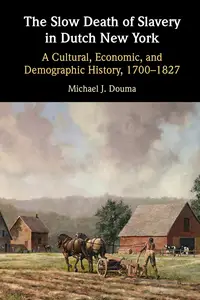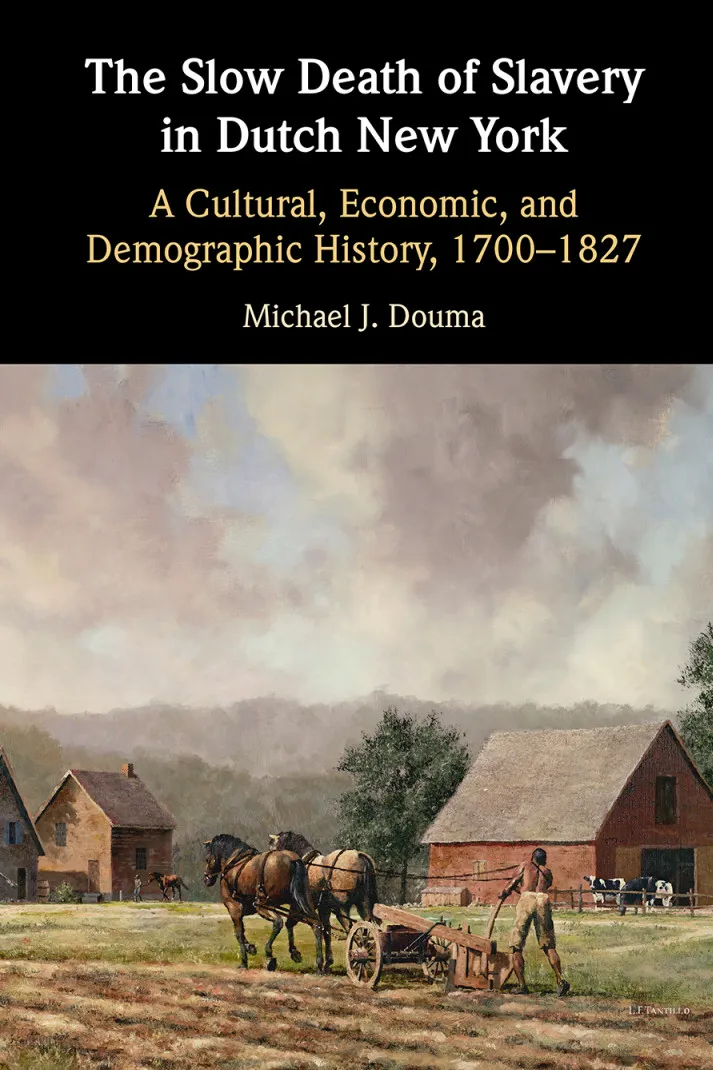The Slow Death of Slavery in Dutch New York: A Cultural, Economic, and Demographic History, 1700–1827 by Michael J. Douma
English | January 9, 2025 | ISBN: 100944137X | True PDF | 270 pages | 6.5 MB
English | January 9, 2025 | ISBN: 100944137X | True PDF | 270 pages | 6.5 MB
Original and deeply researched, this book provides a new interpretation of Dutch American slavery which challenges many of the traditional assumptions about slavery in New York. With an emphasis on demography and economics, Michael J. Douma shows that slavery in eighteenth-century New York was mostly rural, heavily Dutch, and generally profitable through the cultivation of wheat. Slavery in Dutch New York ultimately died a political death in the nineteenth century, while resistance from enslaved persons, and a gradual turn against slavery in society and in the courts, encouraged its destruction. This important study will reshape the historiography of slavery in the American North.



